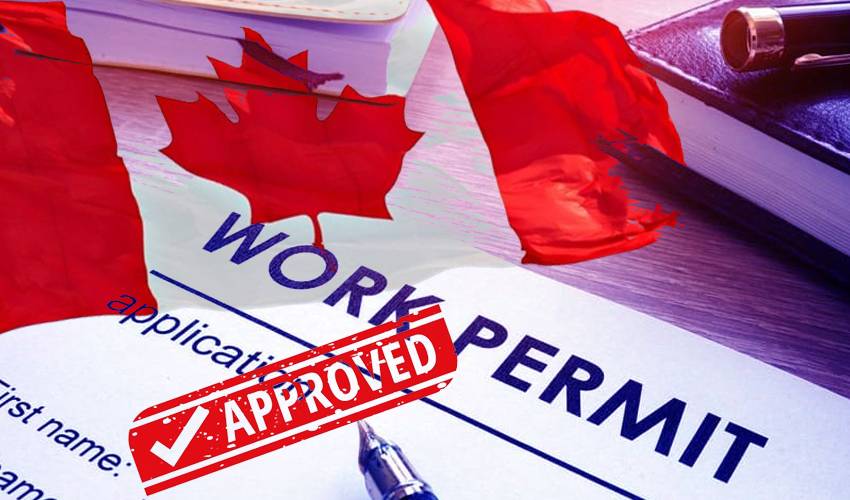New Rule: Visitors can no longer apply for work permits from within Canada
Policy abruptly ended, shifting the landscape for temporary residents and job seekers

Ottawa: In a sudden policy reversal, Immigration, Refugees, and Citizenship Canada (IRCC) has ended its temporary public policy allowing visitors to apply for work permits from within Canada.
This unexpected change takes effect immediately, as of August 28, 2024, cutting short the policy’s original expiration date of February 28, 2025.
What this means for pending applications
For those who managed to apply before the cut-off, their applications will still be processed under the old policy. However, for new applicants, the opportunity to apply from within Canada is now closed.
Why the policy was important?
Introduced in August 2020 amid the global upheaval of the COVID-19 pandemic, this policy was a lifeline for many visitors trapped in Canada due to travel bans and lockdowns. It allowed them to transition from visitor status to work status without leaving the country, offering crucial economic relief during uncertain times.
Are you preparing to work in Canada? You should apply for your work permit before you travel to Canada. If you have already entered Canada, you can only apply at a port of entry if you're eligible. Learn more in our Help Centre: https://t.co/pLCbBlaBXk pic.twitter.com/ADcWrr4aBZ
— IRCC (@CitImmCanada) August 26, 2024
Reasons behind the policy’s abrupt end
The IRCC’s sudden decision is driven by concerns over potential misuse of the policy. Officials cited issues with some individuals exploiting the system and emphasized the need to manage the growing number of temporary residents more effectively. This move is part of a broader strategy to ensure the integrity of Canada's immigration framework.
Impact on current visitors
Visitors currently in Canada who hoped to use this policy to secure work permits are facing a significant disruption. With the policy now defunct, they will need to explore other routes if they wish to work or extend their stay in Canada.
Alternative routes for visitors
- Apply from abroad: Visitors can leave Canada and apply for a work permit from their home country or another place where they have legal residency. This typically requires a job offer and Labour Market Impact Assessment (LMIA).
- Provincial Nominee Programs (PNPs): Various provinces offer programs that could lead to permanent residency or work permits. Visitors should investigate provincial options to find out if they qualify.
- International Mobility Program (IMP): This program allows certain foreign nationals to work in Canada without needing an LMIA. Eligibility is strict and not all visitors will qualify.
- Studying in Canada: Pursuing education in Canada can lead to a study permit with potential work authorisation. This option involves considerable financial and time commitments.
- Pathways to permanent residency: While uncommon, some pathways might enable visitors to transition to permanent residency, especially if they have family ties or meet specific humanitarian criteria.
Looking forward
The abrupt end of this policy marks a significant shift in Canada’s immigration landscape. As the country adapts to new realities, visitors and immigration professionals will be watching closely to see how these changes impact temporary residency and future immigration policies.
Canada remains committed to a fair and transparent immigration system, aiming to balance integrity with practical needs in a rapidly evolving environment.